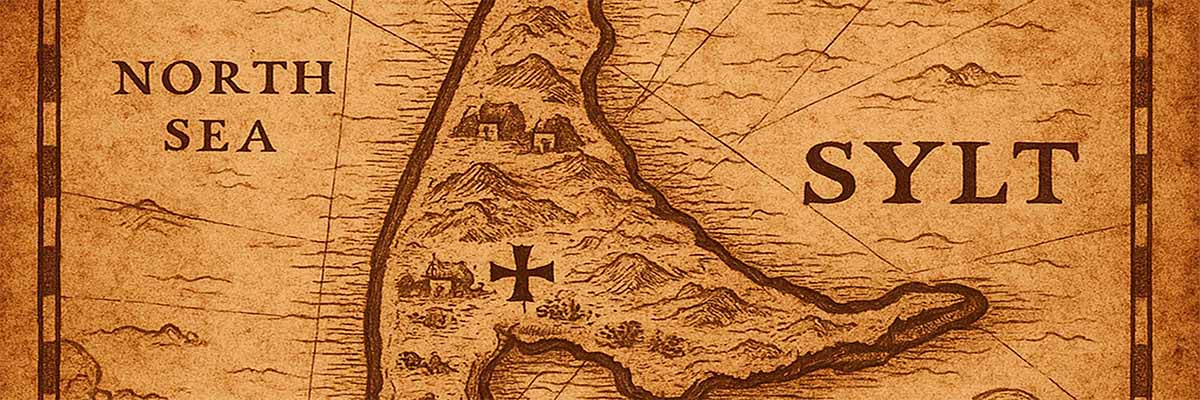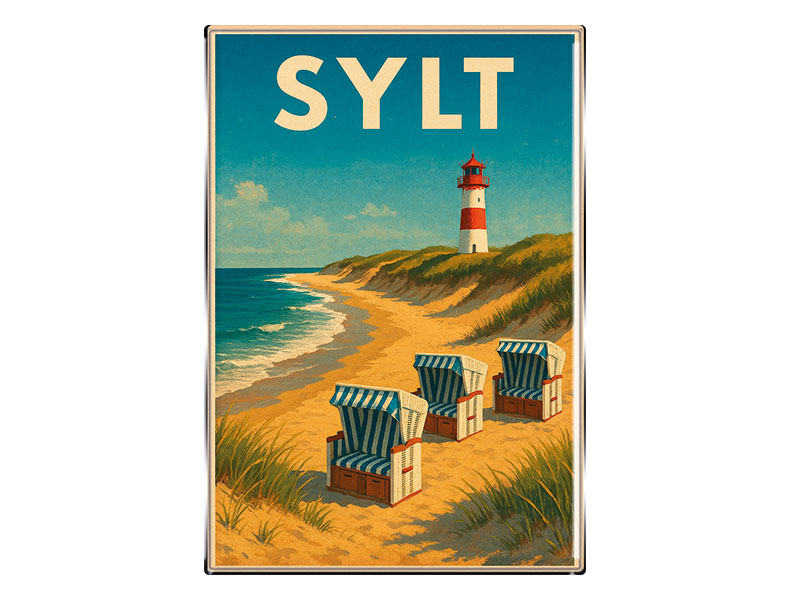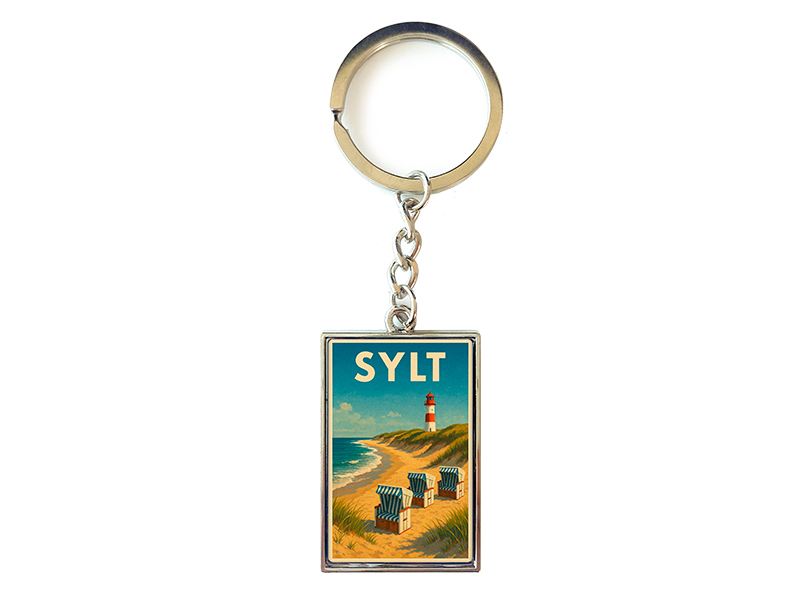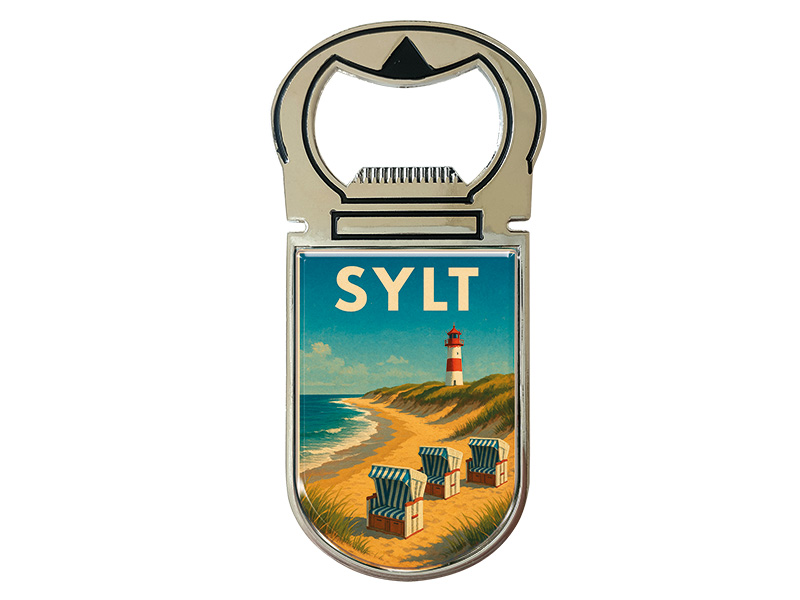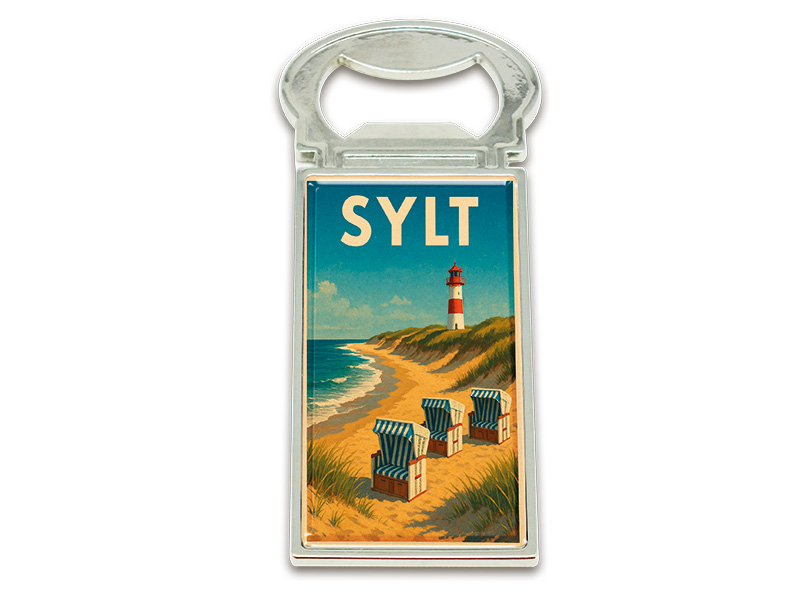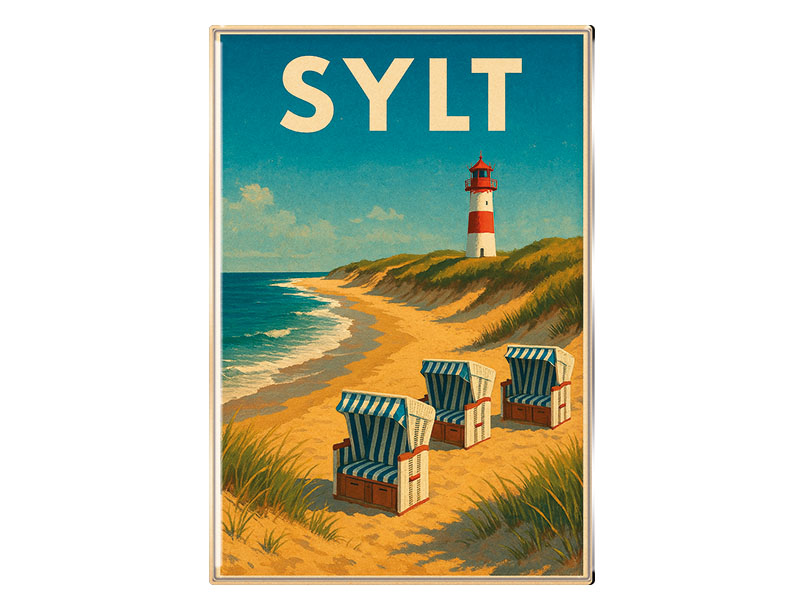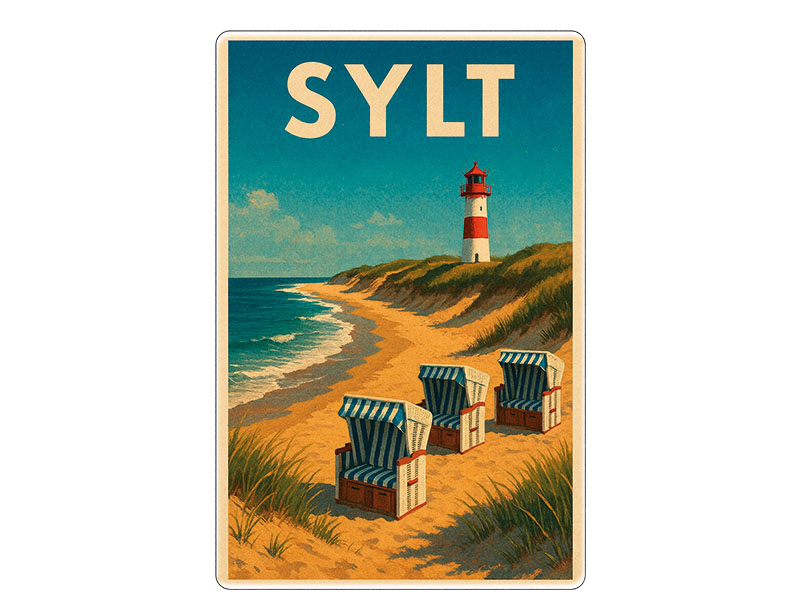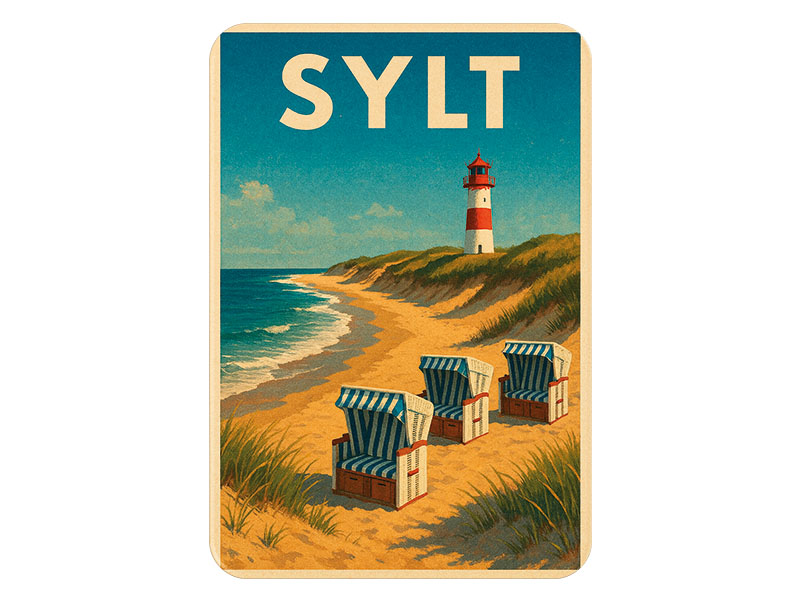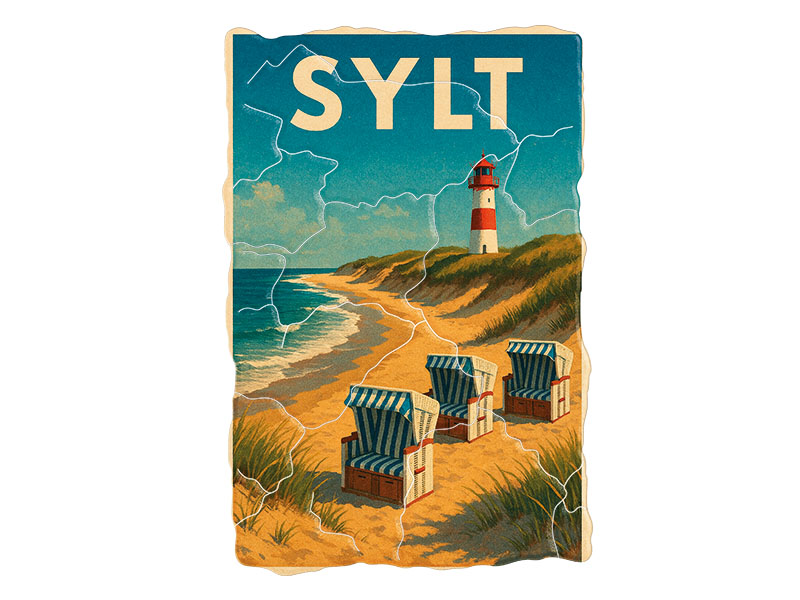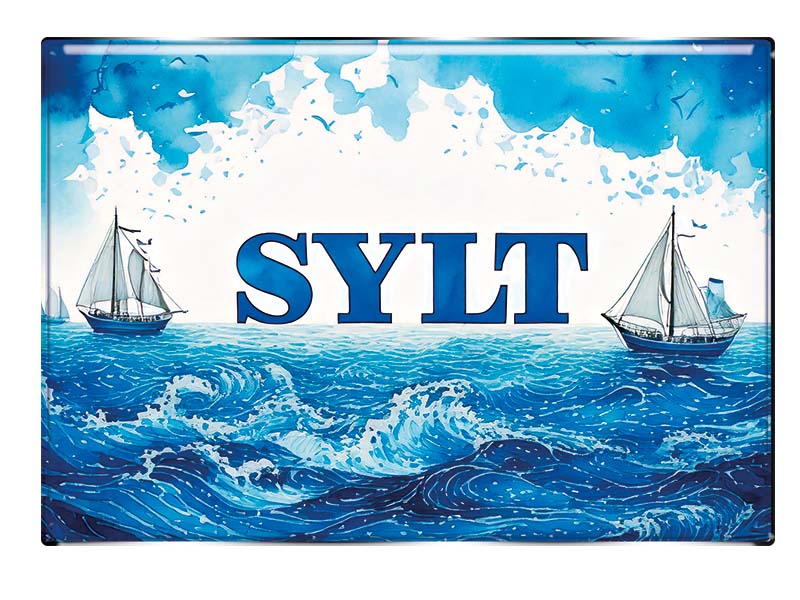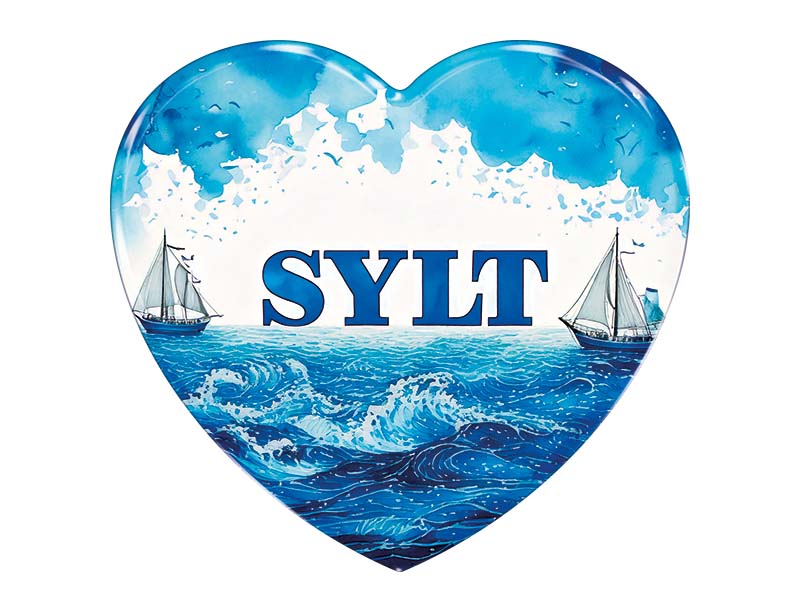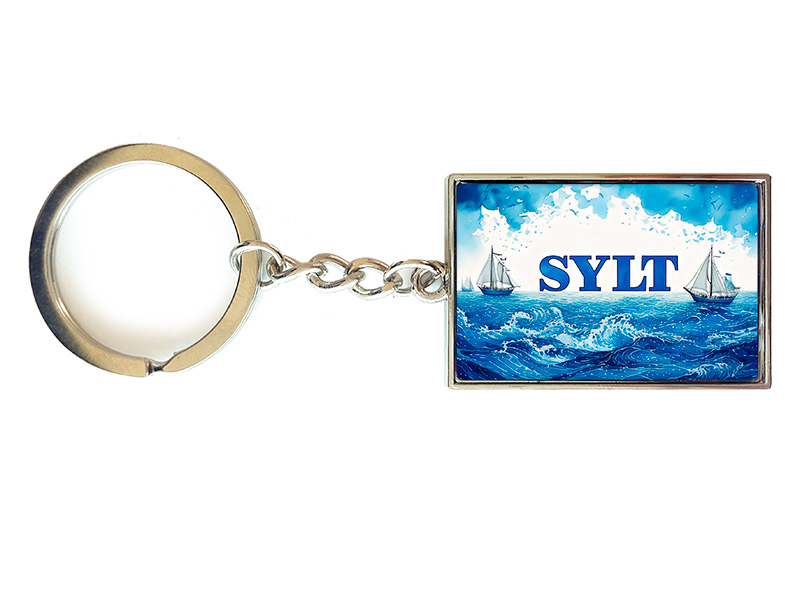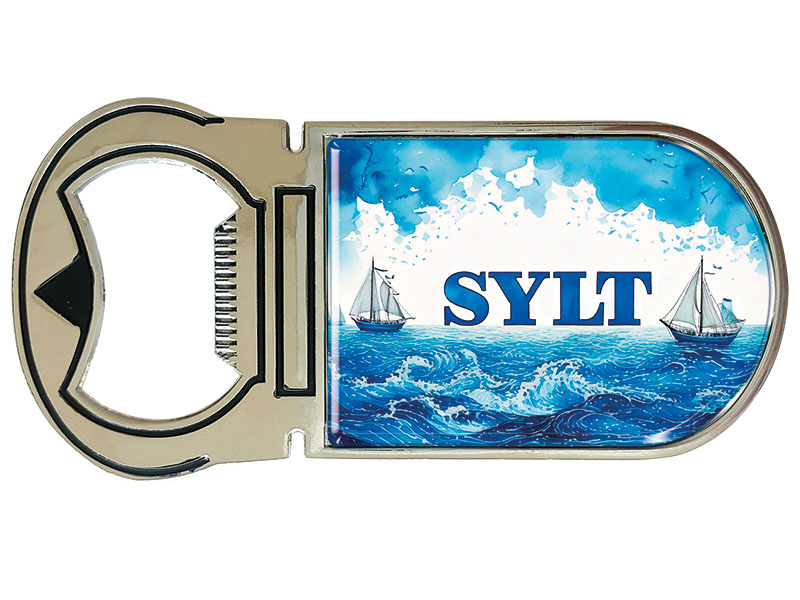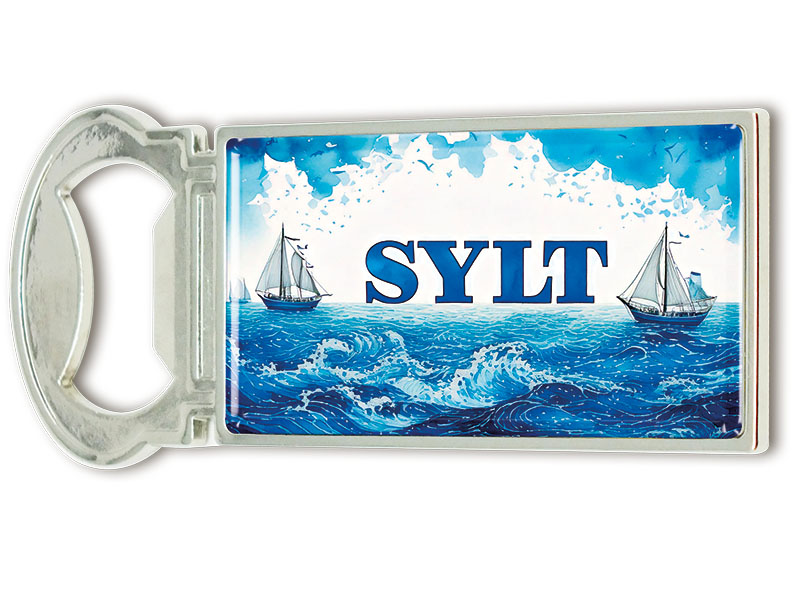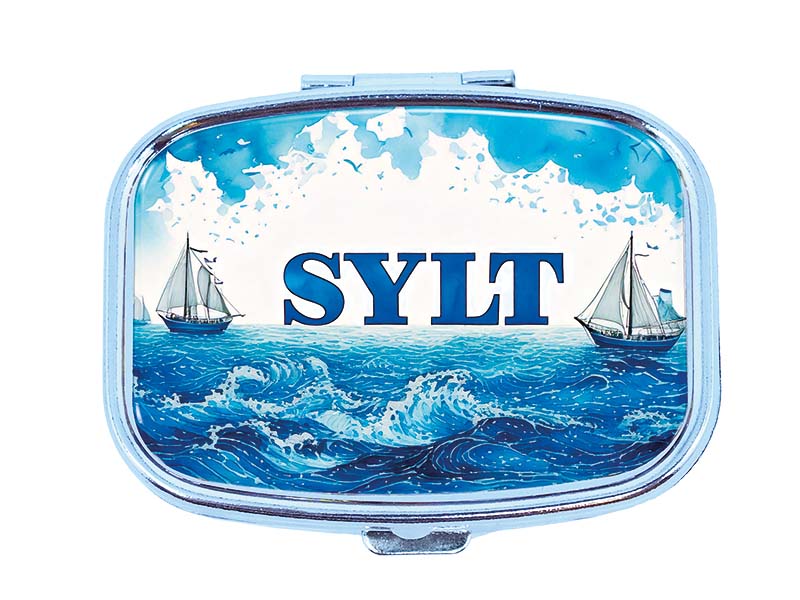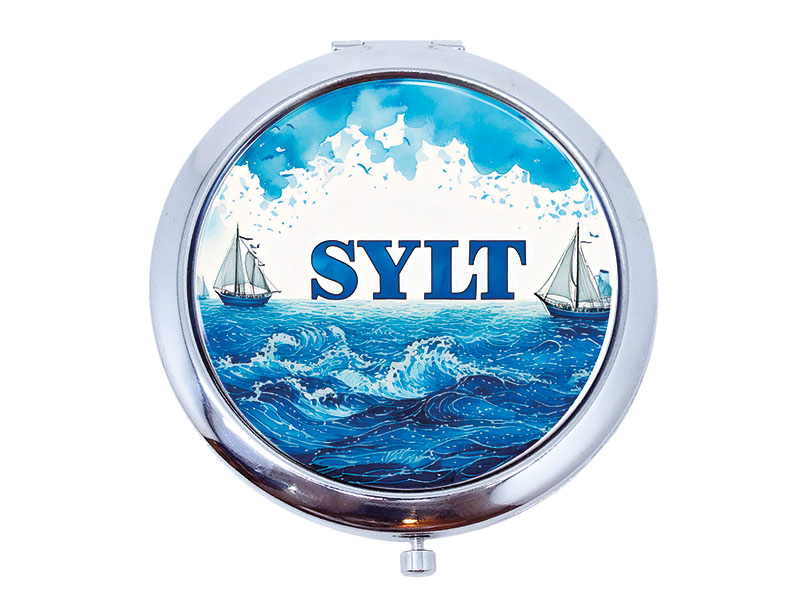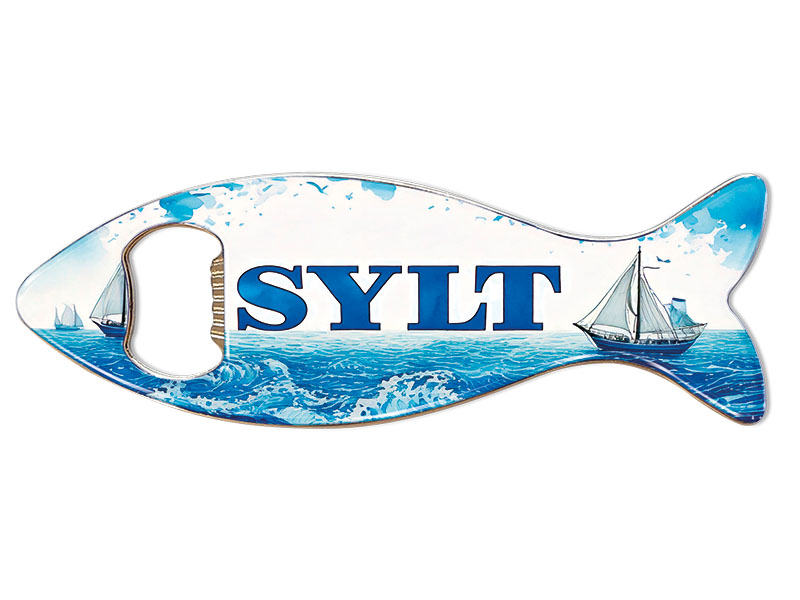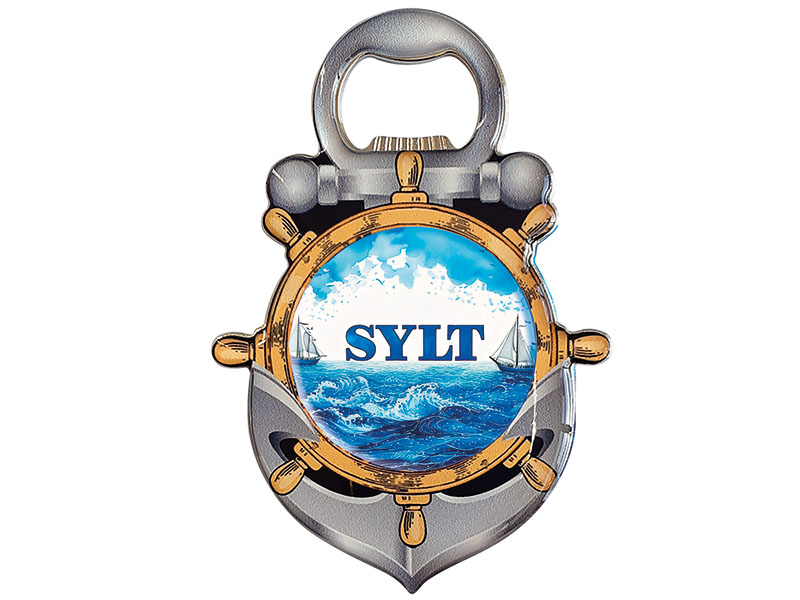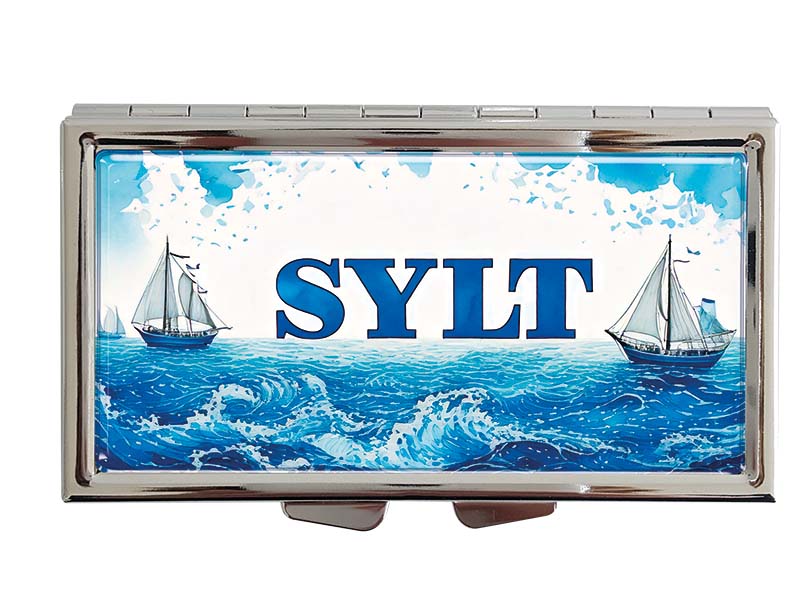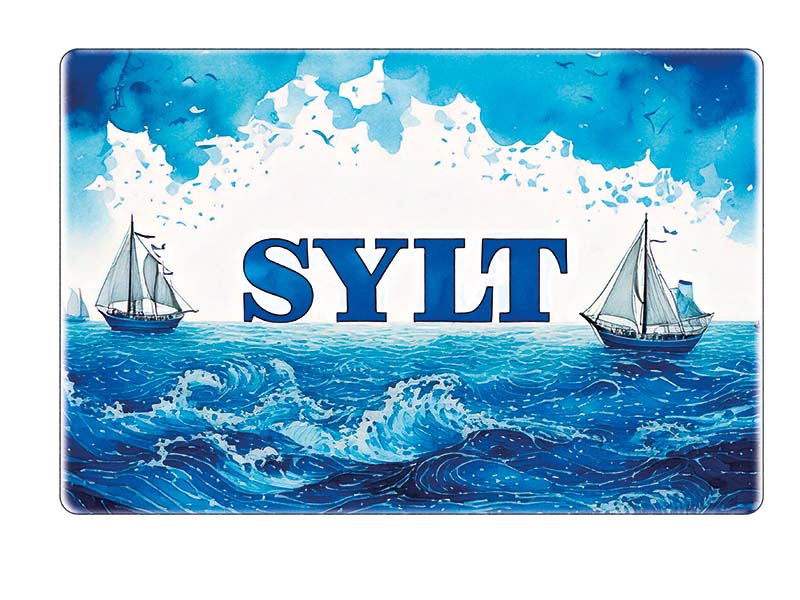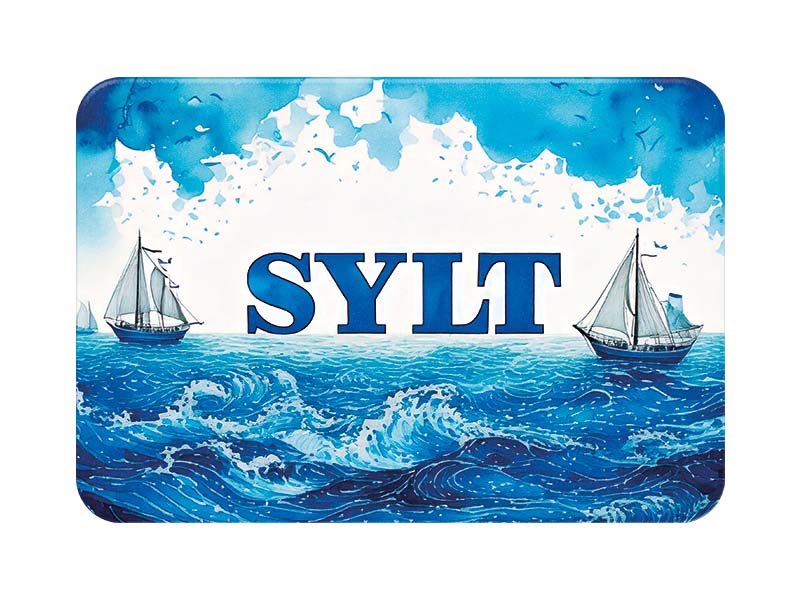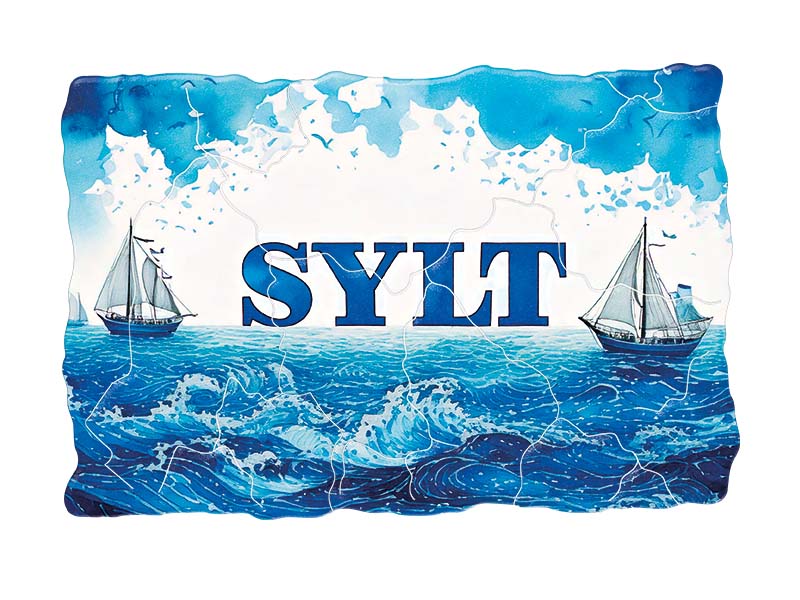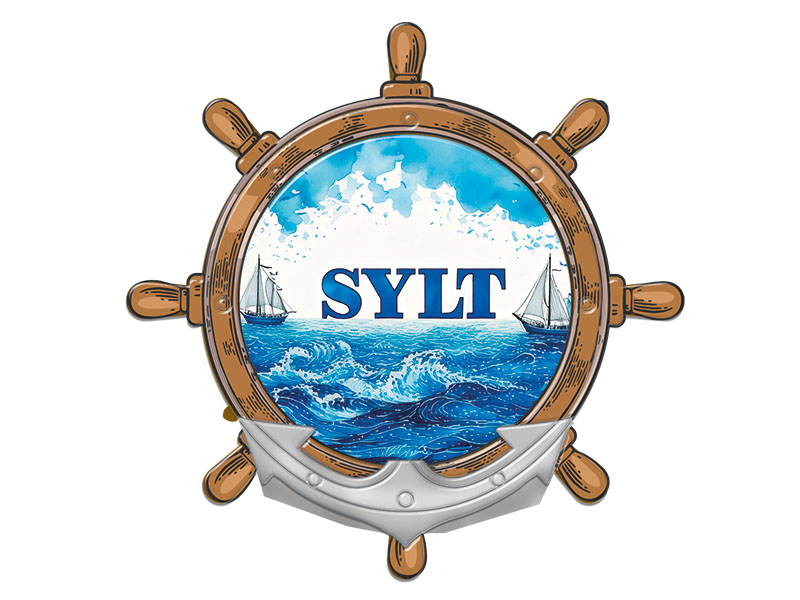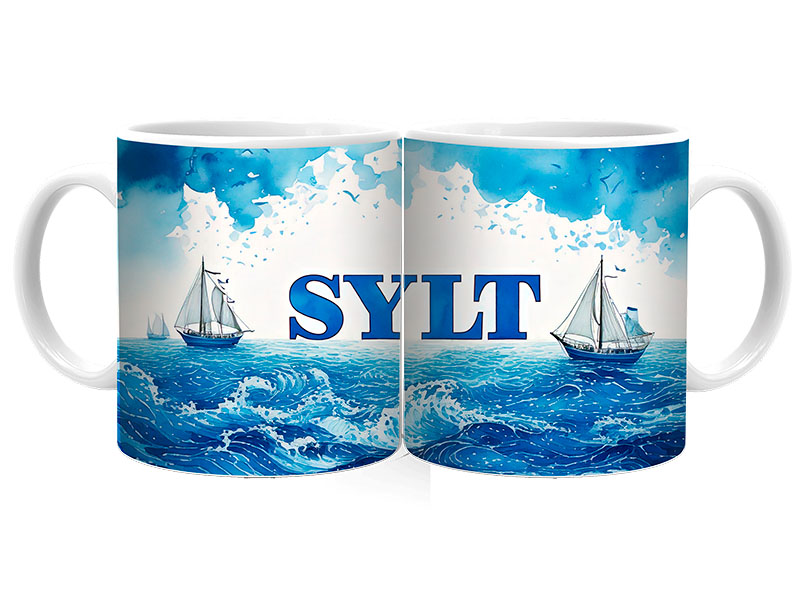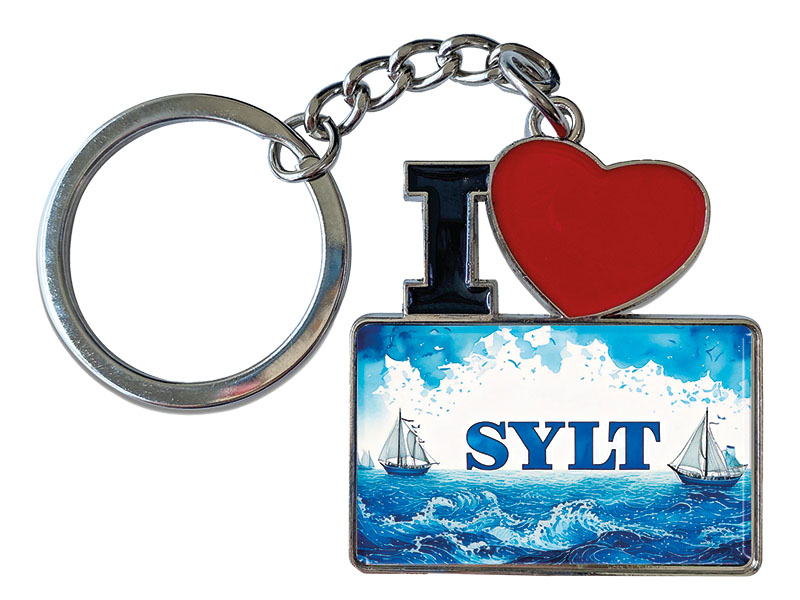- Vehicles
- Figures
- Witches
- Carnival
- Canvas
- Magnets
- Materials
- Maritime
- Hats
- New products
- Personalize
- Plush
- Dolls
- Collectible figures
- Keychain
- Special production
- %Special offers%
- Money boxes
-
Cities - Regions
- Bad Säckingen
- Bamberg
- Bayerischer Wald
- Berchtesgaden
- Berlin
- Bodensee
- Bremen
- Brocken
- Chiemsee
- Cochem
- Dinkelsbühl
- Dresden
- Eibsee
- Frankfurt
- Freiburg
- Gardasee
- Garmisch-Partenkirchen
- Hamburg
- Harz
- Heidelberg
- Helgoland
- Insel Mainau
- Kleinwalsertal
- Koblenz
- Köln
- Königssee
- Leipzig
- Lübeck
- Mecklenburgische Seenplatte
- München
- Nürnberg
- Oberammergau
- Passau
- Potsdam
- Quedlinburg
- Regensburg
- Rothenburg
- Rügen
- Schwarzwald
- Stuttgart
-
Sylt
- Titisee
- Traunsee
- Triberg
- Ulm
- Wernigerode
- Bags/Backpacks
- Textile
- Animal
- Subjects
More information? sign in.
More information? sign in.
More information? sign in.
More information? sign in.
More information? sign in.
More information? sign in.
More information? sign in.
More information? sign in.
More information? sign in.
More information? sign in.
Sylt – The Queen of the North Sea
Nestled in the North Sea, just off the coast of northern Germany, lies the enchanting island of Sylt. Known for its striking natural beauty, windswept beaches, and upscale resorts, Sylt is often referred to as the “Queen of the North Sea.” This island, with its rich history, vibrant culture, and unique charm, is one of the most beloved travel destinations in Germany.
Geographical Location and Formation
Sylt is the largest of the North Frisian Islands and belongs to the federal state of Schleswig-Holstein. It stretches about 38 kilometers (24 miles) in length and is as narrow as 320 meters (0.2 miles) in some places, giving it a long, slender shape. Located close to the Danish border, Sylt is surrounded by the Wadden Sea on the east and the open North Sea on the west.
The island is a product of natural forces—formed thousands of years ago during the last Ice Age. As glaciers melted and the sea level rose, sediment was deposited, gradually shaping Sylt into the island we know today. Over time, tides and storms have continuously reshaped the coastline, causing erosion on the west and the formation of sandbanks on the east.
A Brief History
The history of Sylt dates back to prehistoric times, with archaeological evidence showing settlements as early as 3000 BC. Throughout the centuries, the island was home to seafaring Frisians, who made their living from fishing, whaling, and farming.
During the Middle Ages, Sylt was part of the Duchy of Schleswig, which changed hands between Denmark and Germany several times. In the 19th century, as travel became more accessible, Sylt began to attract artists, writers, and the elite from mainland Germany. The construction of the Hindenburgdamm in 1927—a railway causeway connecting Sylt to the mainland—marked a turning point in the island’s accessibility and popularity.
Today, Sylt is not just a symbol of luxury and leisure, but also a place where tradition and modernity coexist harmoniously.
Population and Tourism
Despite its popularity, Sylt maintains a relatively small permanent population. As of recent data, the island is home to approximately 18,000 residents. However, during peak tourist season, this number swells dramatically. Each year, over 900,000 tourists visit Sylt, with many returning annually for its unique blend of relaxation, nature, and sophistication.
Tourism is the island’s main economic driver, and Sylt has tailored itself to a wide range of visitors—from families and nature lovers to celebrities and luxury seekers.
Main Attractions and Landmarks
Sylt boasts a variety of attractions that showcase its natural beauty and cultural heritage:
-
Westerland: The main town on the island, Westerland is known for its vibrant promenade, shopping streets, and wellness centers. The long sandy beach is perfect for sunbathing or taking a stroll with the sound of crashing waves in the background.
-
List: Located at the northern tip of the island, List is surrounded by sand dunes and is close to the Ellenbogen, Germany’s northernmost point. The Harbor of List is also a starting point for seal-watching tours and ferry rides to Denmark.
-
Kampen: Perhaps the most exclusive village on Sylt, Kampen is known for its thatched-roof houses, art galleries, and high-end boutiques. The Red Cliff (Rotes Kliff), a dramatic coastal formation, offers stunning sunset views.
-
Keitum: This charming village is often called the "green heart" of Sylt. It’s known for its traditional Frisian houses, cobblestone streets, and the historic St. Severin Church dating back to the 12th century.
-
Wenningstedt-Braderup: A family-friendly resort area with a peaceful atmosphere and access to the Braderuper Heide nature reserve.
-
Morsum Cliff: A lesser-known but geologically fascinating site, the Morsum Kliff reveals sediment layers from millions of years ago.
-
Wadden Sea National Park: Recognized as a UNESCO World Heritage Site, this intertidal zone is teeming with life and is best explored through guided mudflat hikes.
Famous People
Sylt has long been a retreat for the rich and famous. Several notable figures have either been born on the island or made it their second home:
-
Uwe Seeler, one of Germany’s most legendary football players, was a frequent visitor to Sylt and had a strong connection to the island.
-
Manfred Krug, a celebrated German actor and singer, spent many summers here.
-
Fashion designers like Jil Sander and celebrities such as Götz George, Harald Juhnke, and Dieter Bohlen have also been spotted enjoying Sylt’s laid-back elegance.
The island’s combination of discretion and luxury continues to attract German celebrities, artists, and influencers.
Culinary Delights
Sylt’s cuisine is deeply influenced by the sea. Fresh seafood is a staple, and you’ll find both traditional dishes and gourmet interpretations across the island’s restaurants.
Typical dishes and drinks include:
-
Sylter Royal Oysters: The only oysters cultivated in Germany, they are harvested in the Wadden Sea near List and are considered a delicacy.
-
North Sea Shrimp (Krabben): Often served in sandwiches or with scrambled eggs, these tiny, sweet shrimps are a must-try.
-
Fischbrötchen: A simple yet iconic sandwich made with pickled or fried fish, onions, and sauce in a crusty bun.
-
Labskaus: A traditional sailor’s dish made from corned beef, potatoes, onions, and beetroot, usually topped with a fried egg and pickles.
-
Rote Grütze: A classic northern German dessert made with red berries and served with cream or vanilla sauce.
-
Friesentee (Frisian tea): This strong black tea is served with rock sugar and heavy cream, following a traditional ritual.
-
Local beers and wines: While Sylt does not produce wine itself, many upscale restaurants offer an excellent selection from nearby regions. Locally brewed beers and herbal schnapps are also popular.
Souvenirs from Sylt
A visit to Sylt wouldn’t be complete without bringing back a piece of the island. Some of the most popular souvenirs include:
-
Sylt-branded clothing: Many shops sell stylish apparel featuring the iconic outline of the island.
-
Frisian pottery and crafts: Handcrafted items that reflect the island’s cultural heritage.
-
Locally made jams and honey: Especially those made with wild sea buckthorn, a fruit commonly found on the island.
-
Sylter salt and sea spices: Harvested from the island’s sea breeze and used in gourmet kitchens.
-
Cosmetics made from algae and sea minerals, often sold in wellness spas.
-
Art and photography: Many local galleries offer unique pieces capturing Sylt’s dunes, beaches, and wildlife.
Conclusion
Sylt is more than just an island—it is a way of life. With its long sandy beaches, elegant resorts, charming villages, and wild nature, it offers something for every type of traveler. Whether you’re looking for relaxation, inspiration, or a taste of northern German culture, Sylt welcomes you with open arms and salty sea air. Its blend of tradition, exclusivity, and natural beauty continues to captivate all who visit, ensuring that the island remains one of Germany’s top destinations year after year.

